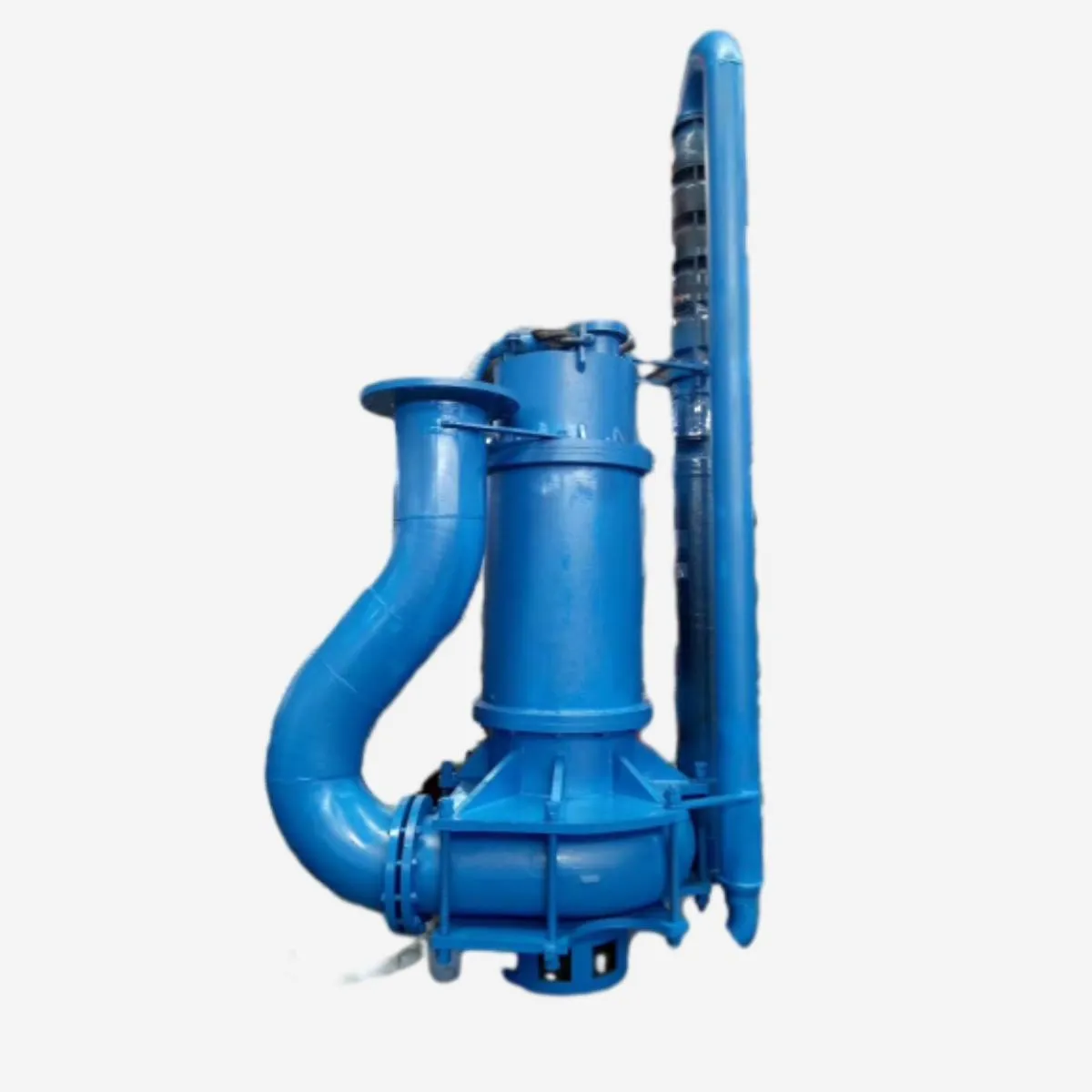Albanian
- Afrikaans
- Albanian
- Amharic
- Arabic
- Armenian
- Azerbaijani
- Basque
- Belarusian
- Bengali
- Bosnian
- Bulgarian
- Catalan
- Cebuano
- Corsican
- Croatian
- Czech
- Danish
- Dutch
- English
- Esperanto
- Estonian
- Finnish
- French
- Frisian
- Galician
- Georgian
- German
- Greek
- Gujarati
- Haitian Creole
- hausa
- hawaiian
- Hebrew
- Hindi
- Miao
- Hungarian
- Icelandic
- igbo
- Indonesian
- irish
- Italian
- Japanese
- Javanese
- Kannada
- kazakh
- Khmer
- Rwandese
- Korean
- Kurdish
- Kyrgyz
- Lao
- Latin
- Latvian
- Lithuanian
- Luxembourgish
- Macedonian
- Malgashi
- Malay
- Malayalam
- Maltese
- Maori
- Marathi
- Mongolian
- Myanmar
- Nepali
- Norwegian
- Norwegian
- Occitan
- Pashto
- Persian
- Polish
- Portuguese
- Punjabi
- Romanian
- Russian
- Samoan
- Scottish Gaelic
- Serbian
- Sesotho
- Shona
- Sindhi
- Sinhala
- Slovak
- Slovenian
- Somali
- Spanish
- Sundanese
- Swahili
- Swedish
- Tagalog
- Tajik
- Tamil
- Tatar
- Telugu
- Thai
- Turkish
- Turkmen
- Ukrainian
- Urdu
- Uighur
- Uzbek
- Vietnamese
- Welsh
- Bantu
- Yiddish
- Yoruba
- Zulu
Telephone: +86 13120555503
Email: frank@cypump.com
Dhj . 03, 2024 18:17 Back to list
ejector pump parts
Understanding Ejector Pump Parts A Comprehensive Guide
Ejector pumps play a vital role in various applications, particularly in the management of wastewater and sewage. They are essential for transferring liquids from lower elevations to higher elevations, making them indispensable in residential and industrial settings. Understanding the parts of an ejector pump is crucial for anyone involved in maintenance or installation. This article delves into the fundamental components and their functions.
1. Pump Housing
The pump housing is the outer casing that encloses the internal components of the ejector pump. It is typically made from durable materials like cast iron or thermoplastic to withstand the corrosive nature of wastewater. The housing ensures that all internal parts are protected and helps prevent leaks. Its design is essential for maintaining proper pressure and flow rates during operation.
2. Impeller
One of the most critical components of an ejector pump is the impeller. This rotating part plays a crucial role in converting rotational energy from the motor into kinetic energy, which moves the liquid through the pump. The impeller's design can vary, but it typically consists of a series of blades or vanes that help push the liquid into the discharge pipe. A well-designed impeller can increase efficiency and reduce energy consumption.
3. Motor
The motor provides the power necessary to drive the impeller. Ejector pumps can be equipped with different types of motors, including submersible and above-ground options, depending on the application. The choice of motor impacts the pump's overall performance and energy efficiency. Submersible motors, for instance, are designed to operate while submerged in the fluid, providing flexible installation options and reducing noise levels.
4. Check Valve
ejector pump parts

The check valve is an essential component that prevents backflow in the system. When the ejector pump is operating, the check valve allows the liquid to flow in one direction—from the pump to the discharge pipe. If the pump stops or malfunctions, the check valve closes to prevent any liquid from flowing back into the pump housing and potentially damaging the motor or impeller. This component is crucial for maintaining system integrity and preventing contamination.
5. Float Switch
In many ejector pump applications, especially in residential settings, a float switch is integrated into the system. This device monitors the water level in the sump basin or pit. When the water level rises to a predetermined height, the float switch activates the pump, allowing it to begin pumping out excess water. This automation streamlines the pumping process and ensures that the system operates efficiently without manual intervention.
6. Discharge Pipe
The discharge pipe is the pathway through which the pumped liquid exits the ejector pump. It connects the pump to the designated disposal area, such as a sewer line or drainage field. The diameter and material of the discharge pipe are selected based on the volume of liquid being pumped and the distance it needs to travel. Proper sizing is crucial to preventing blockages and ensuring effective flow.
7. Seals and Bearings
Seals and bearings are vital for the smooth operation of an ejector pump. Seals prevent leaks by enclosing the rotating shaft and protecting the motor and other components from exposure to water and debris. Bearings support the impeller shaft's rotation, reducing friction and enhancing the efficiency of the pump. Regular inspection and maintenance of seals and bearings are necessary to ensure the long-term performance of the pump.
Conclusion
Ejector pumps are complex machines composed of several critical components that work together to move liquids effectively. Understanding the parts of an ejector pump—such as the pump housing, impeller, motor, check valve, float switch, discharge pipe, and seals and bearings—can greatly enhance your ability to maintain and troubleshoot these essential systems. Regular maintenance and a clear understanding of each component will ensure efficient operation and increase the lifespan of the ejector pump. Whether in industrial or residential use, knowledge of ejector pump parts is imperative for effective wastewater management.
-
ISG Series Vertical Pipeline Pump - Chi Yuan Pumps Co., LTD.|Advanced Hydraulic Design&Energy-Efficient Solutions
NewsJul.30,2025
-
ISG Series Vertical Pipeline Pump - Chi Yuan Pumps Co., LTD.
NewsJul.30,2025
-
ISG Series Vertical Pipeline Pump - Chi Yuan Pumps Co., LTD.|energy-efficient fluid handling&industrial durability
NewsJul.30,2025
-
ISG Series Vertical Pipeline Pump - Chi Yuan Pumps | Advanced Engineering&Industrial Efficiency
NewsJul.30,2025
-
ISG Series Pipeline Pump - Chi Yuan Pumps | High Efficiency, Energy Saving
NewsJul.30,2025
-
ISG Series Vertical Pipeline Pump-Chi Yuan Pumps|High Efficiency&Reliable Performance
NewsJul.29,2025










